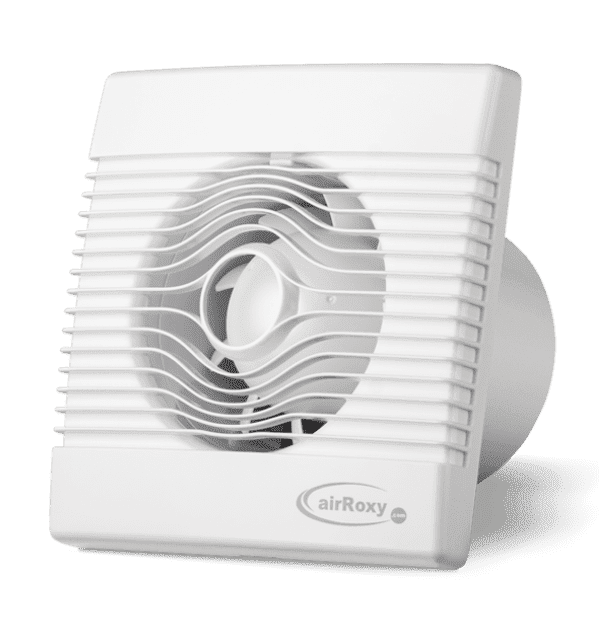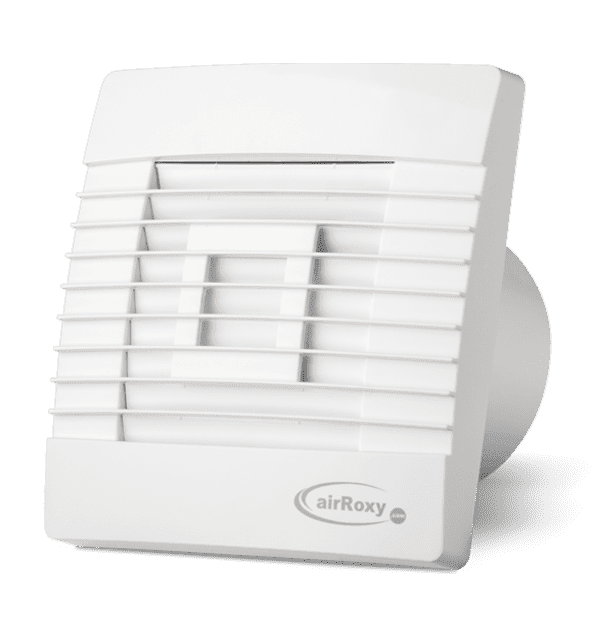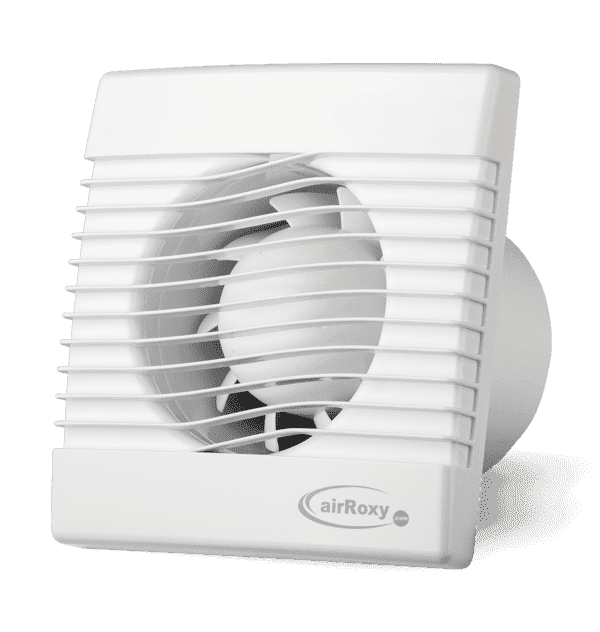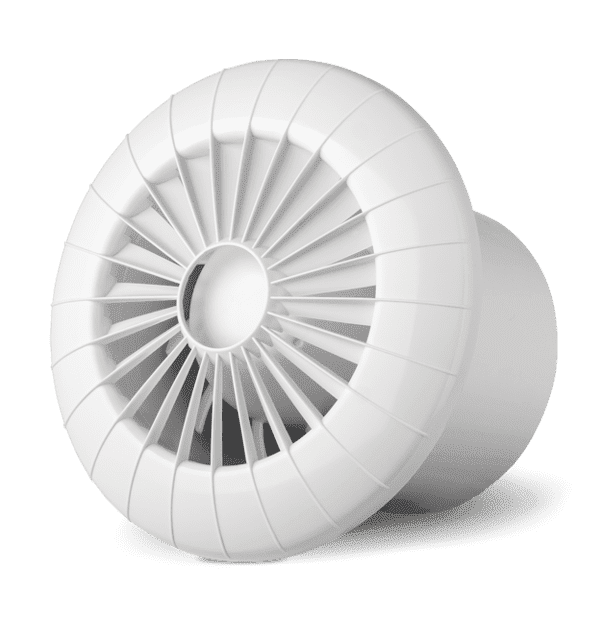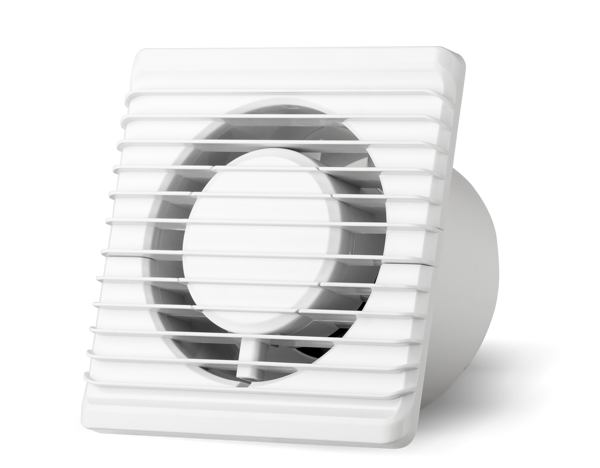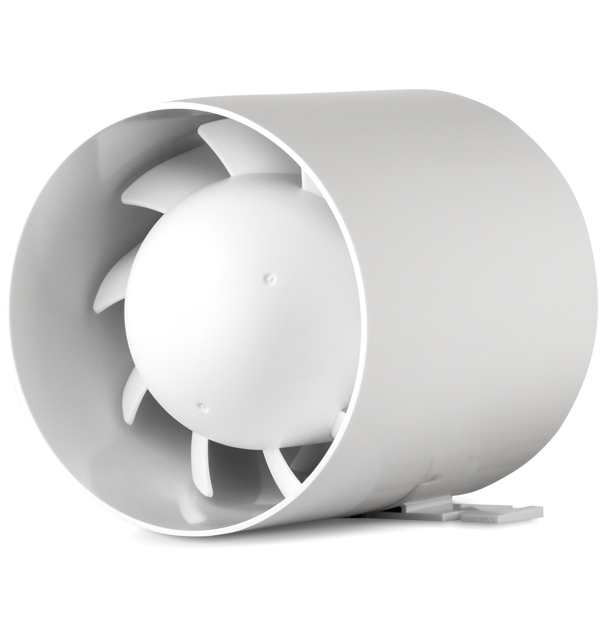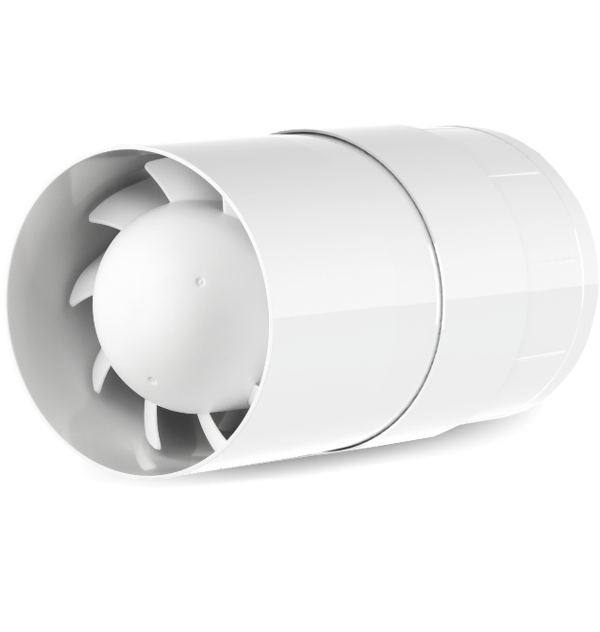How many wires do you need to connect a home fan?
One of the most common mistakes made right from the start when designing ventilation is not selecting the appropriate number and location of wires. Even at the stage of designing a bathroom or any other room where you want to install a fan, it is necessary to be aware of the power supply requirements. Even before plaster or tiles are laid, the electrical installation should be properly adjusted to provide the necessary conditions for the proper operation of the devices and to save trouble with adapting the finished room later.
To properly design the electrical installation, knowledge of the places where the fan can be located in a given room is also necessary. Always remember to mount the fan as high as possible. It should be placed opposite the areas where air exchange takes place, with at least a 3-centimeter gap from the wall and ceiling. Additionally, it should be installed close to sources of moisture, but in a way that it cannot be touched. It is also important to consider the IP protection parameters that the fan meets.
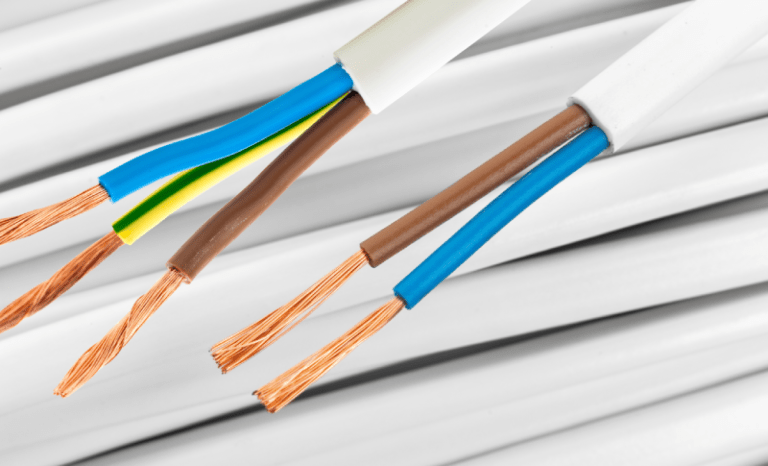
Three-core or two-core cable?
Depending on the model of the home fan (and thus the method of its control), there is a need to connect either three-core or two-core wires.
Home fan models equipped with controllers (apart from motion sensors), such as the HS version (humidity sensor – hygrostat), TS (time controller), and DTS (time controller with delay), require a three-core connection. The neutral (N) and phase (L) wires ensure the safe operation of the device, while the control wire (T) is used to signal the start of the fan’s operation.
If you connect the fan to a light switch in the room, when a user enters the room, for example, a bathroom, and turns on the light switch, it signals the start of the fan’s operation or standby mode. Then, after leaving and turning off the light, the fan operates according to the functions for which it was designed because it remains connected to the main power source. (see diagram 1).
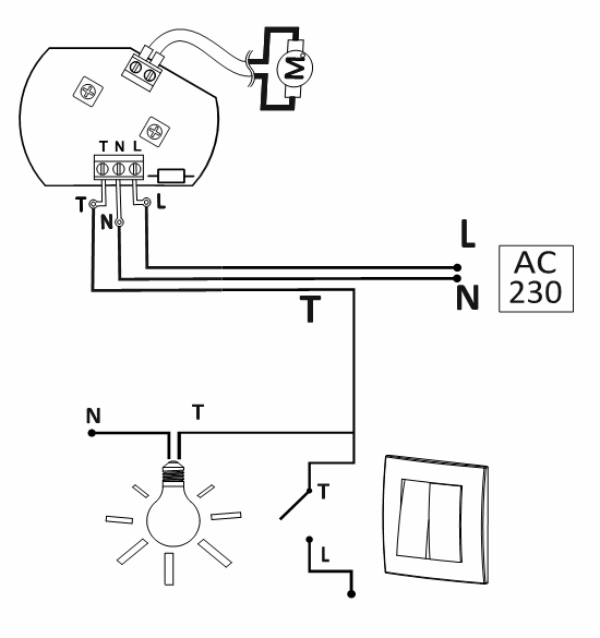
Home fans from airRoxy in versions S, PS, MS, and RMS require a two-core connection – a neutral (N) and phase (L) wire. Additionally, it’s worth noting that the S version of home fans can be controlled using its own switch, for example, together with lighting. (see diagram 2).
Of course, connecting it with the light is just an example; you can apply any configuration you like. By considering the device’s operational principles, you can create the most optimal conditions for yourself, ensuring safe and enjoyable use of the room.
Types of controllers in airRoxy fans, their operation, and connection method.
S – controlled by its own switch, for example, together with lighting – requires a two-core wire.
PS – manual switch – has a switch on a decorative cord or a switch on a cable – connected to a standard socket using a plug – does not require direct connection to the electrical installation.
TS – timer controller – operates from the moment the light is turned on until it is turned off and for an additional 3-23 minutes after the light is turned off – requires a three-core wire.
HS + TS – humidity sensor + timer controller – the fan operates when the light is turned on and in the background depending on the humidity levels + 3 minutes to maintain the effect – requires a three-core wire.
DTS – delay timer controller – will turn on 3 minutes after the light is turned on, and if it is not turned off during this time, it will operate until turned off + the time set on the timer controller (3 to 23 min) – requires a three-core wire.
RMS/MS – microwave motion sensor / infrared motion sensor – the fan activates when a user is detected and operates for a specified time – requires a two-core wire.
You can find the connection method for all airRoxy fans on the website under the “Connection” tab in the description of each fan and in the user manuals.
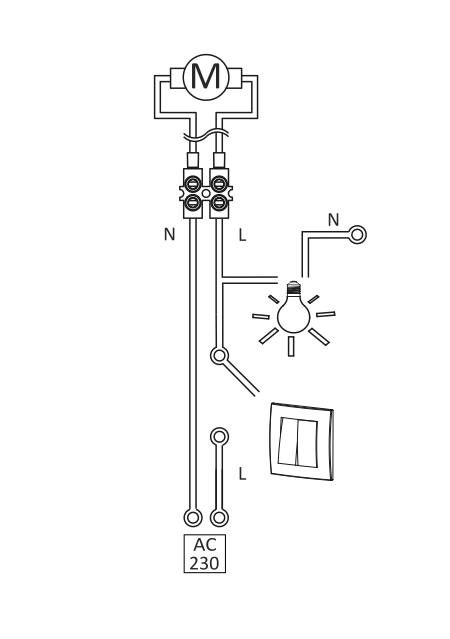
Summing up...
Correctly connecting fans to the electrical installation is a crucial element that ensures not only adequate ventilation, full functionality, and efficiency but also safety during use. By following our guidelines, you can ensure effective and safe operation of the fans for many years.
REMEMBER! The installation of the fan should be carried out by a qualified electrician with SEP qualifications.

airRoxy offers products necessary for creating an effective ventilation system, ensuring efficient air circulation in rooms. Modern, intelligent bathroom fans, with low noise levels, including wall-mounted, ceiling-mounted, duct fans, ventilation ducts, ventilation grilles with diameters ranging from ø 80 to ø 150. Home fans (including quiet bathroom fans) (wall-mounted and ceiling-mounted) are a key element of many rooms in the house, providing effective ventilation and moisture removal. They help prevent mold and mildew problems that can arise in humid conditions. Fans also eliminate unpleasant odors and help maintain cleanliness and hygiene in rooms. Choosing the right fans is an investment in the comfort and health of home residents. Choose our products to ensure effective ventilation in your home.



